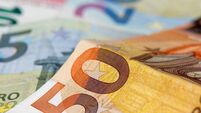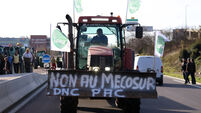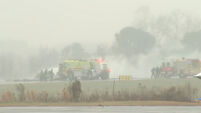New York bars and restaurants ‘not hit by smoking ban’
Figures from the city’s Department of Finance show $12 million paid in taxes from bars and restaurants from April through September of 2003, compared to $10.8m in 2002.
Department of Finance Commissioner, Martha E. Stark said one early economic trend was encouraging since the ban was introduced last March.
“New York’s bars and restaurants paid the city 12% more in business taxes in the months since the ban began than they did in the corresponding six-month period in 2002.
“These statistics are far less important than the number of lives that will be saved, but they are a good indication that New Yorkers are adjusting quite well to the smoking ban,” Ms Stark said in a letter to the New York Times.
However, the Irish Hospitality Industry Alliance (IHIA) said the department’s figures were not a true reflection of earnings because they did not provide a breakdown of takings in each hospitality sector.
“They are muddying the waters because they base their tax receipts on not just pubs and restaurants but on the takings of every food outlet from street corner deli to McDonald’s to hot-dog stands," said IHIA spokesman Mark Kelleher.
New York Restaurant and Tavern Owners Association member, Ciarán Staunton, owner of O’Neill’s bar in midtown Manhattan, said Mr Kelleher’s assessment was correct.
He said what the figures did not tell was tax receipts had been boosted by the opening of a number of fast food outlets in the Times Square area of the city and by a rise in the tax rate.
“The tax rate went up from 8.25% to 8.625%, which means the department is making more money based on the rate alone.”
A spokesperson for the Department of Health said the IHIA had no grounds for complaint as the figures claimed to represent all sectors of the industry, not just pubs and restaurants.
He said evidence from other jurisdictions where a smoking ban had been introduced showed it had not had a negative impact on the hospitality trade.
Mr Kelleher dismissed this claim, saying 17 out of 23 US jurisdictions where the ban had been introduced were now examining ways of implementing a full or partial exemption.













